#artist is natalia goncharova
Text
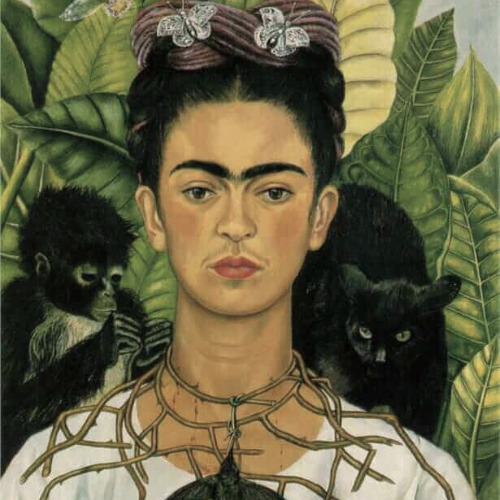
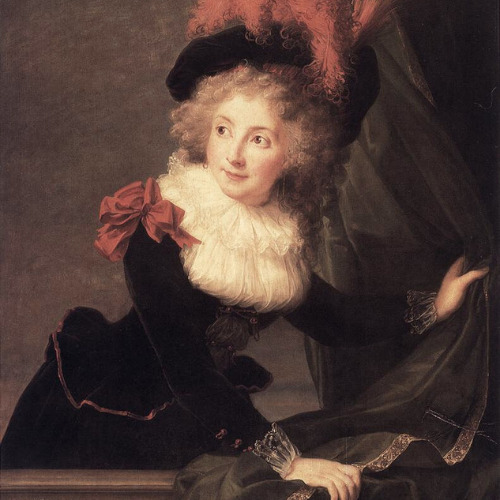


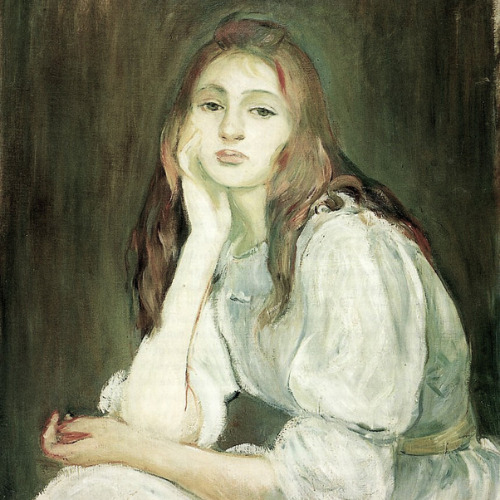
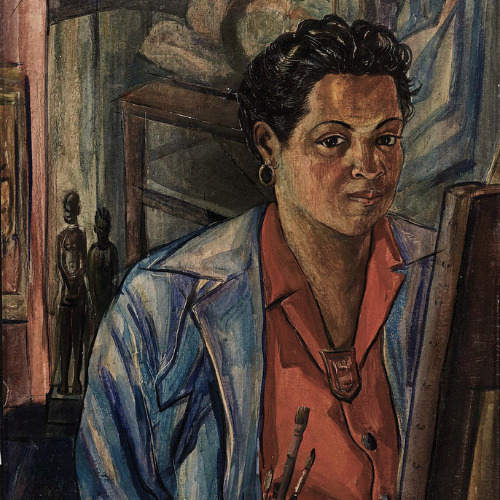
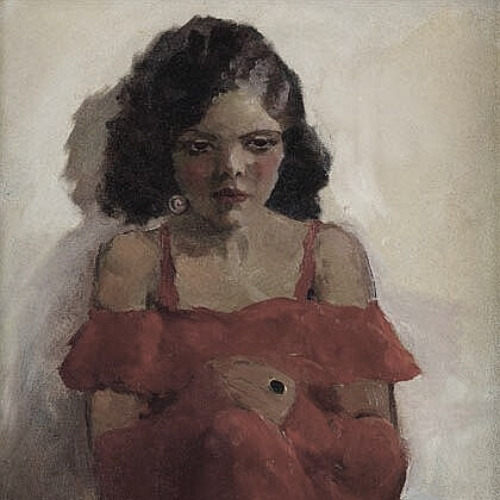
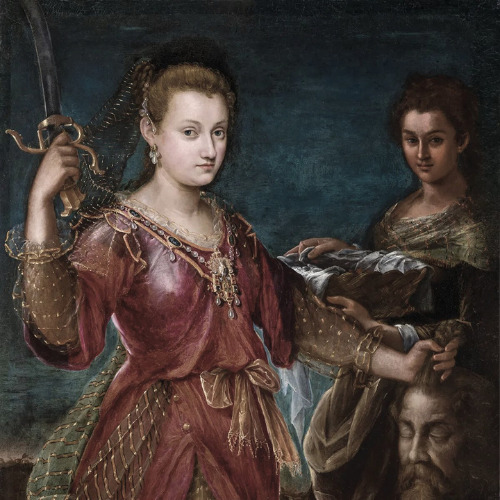



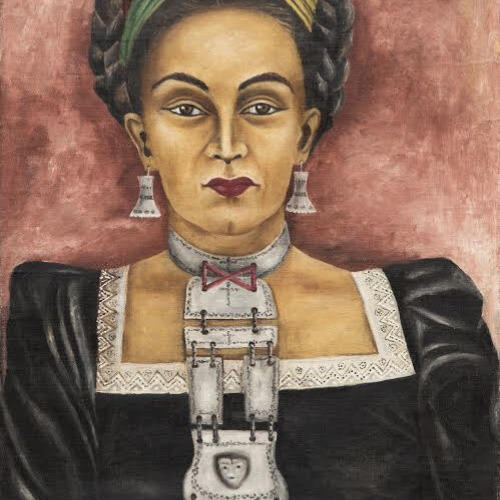

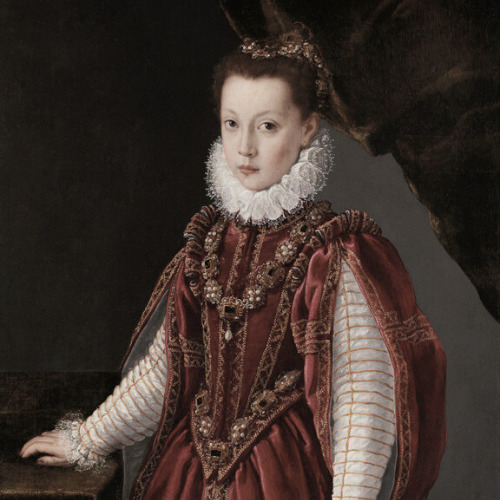








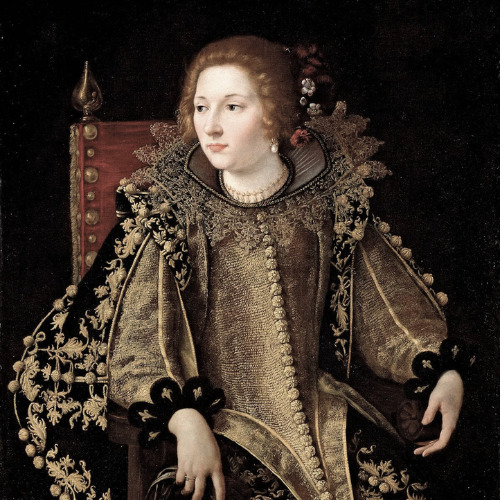





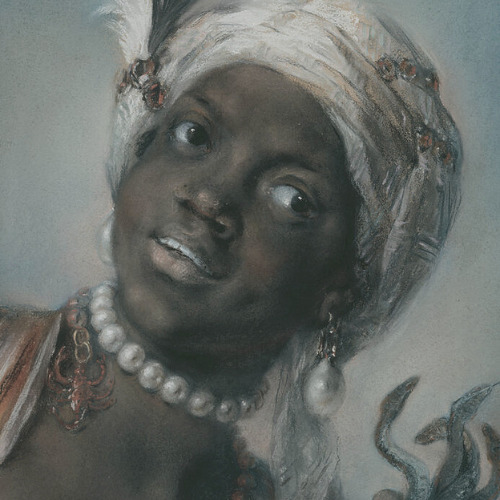

women by female artists
#artist is frida kahlo#artist is elisabeth louise vifee le brun#artist is maru cassatt#artist is angelica kauffmann#artist is berthe morisot#artist is lois mailou jones#artist is laura wheeler waring#artist is lavinia fontana#artist is lynette yiadom boakye#artist is safeya binzagr#artist is hayv kahraman#artist is maria izquierdo#artist is aliza nisebaum#artist is sofonisba anguissola#artist is angel de cora#artist is chen ke#artist is catheraine van hemessen#artist is fu daokun#artist is lubaina himid#artist is guan dao gao#artist is pitaloosie saila and#artist is rocio navarro#artist is artemisia gentileschi#artist is judith leyster#artist is guan zilan#artist is gwendolyn bennett#artist is natalia goncharova#artist is angelina beloff#artist is rosalba carriera#artist is thalia flora-karavia
184 notes
·
View notes
Text

Natalia Goncharova Back cloth for the final Coronation scene from The Firebird 1926 canvas 1024 x 1571 cm (403 1/8 x 618 1/2 in.) V&A Museum London
44 notes
·
View notes
Text

Artist:
Natalia Goncharova (1881-1962) Russian 🎨🎨🎨🎨🎨🎨🎨🎨
2 notes
·
View notes
Text

Natalia Goncharova (1881 - 1962), “Self-Portrait with Yellow Lilies” (1907-08) and “The Cyclist” (1913).
1 note
·
View note
Text



Found a Russian artist from the 1910s that did religious paintings with hints of Cubism and Futurism, but also depicted most of them posed mid-boogie. Her name: Natalia Goncharova.
21 notes
·
View notes
Note
Your favourite artists?
käthe kollwitz, helen frankenthaler, natalia goncharova, lyubov popova, kazimir malevich, mikalojus čiurlionis, jean-micheal basquiat, paula becker, edvard munch
svetlana kana radevič if we bring architecture here
11 notes
·
View notes
Text

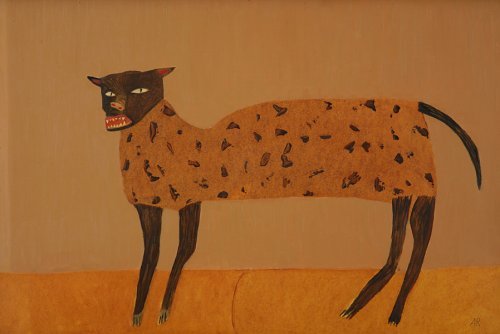






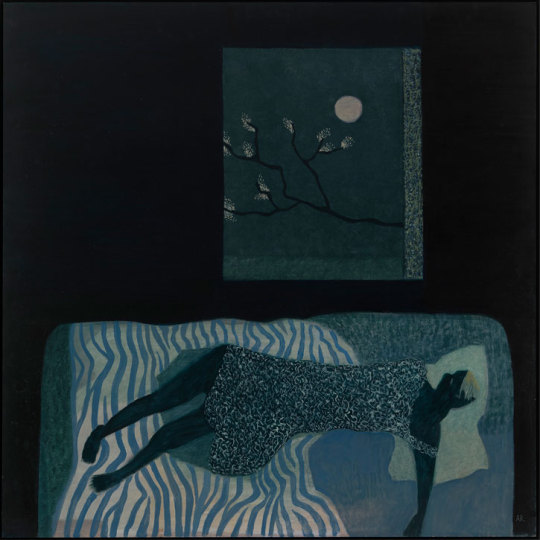
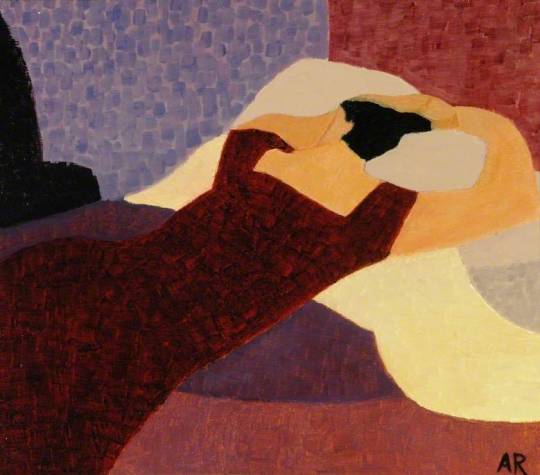
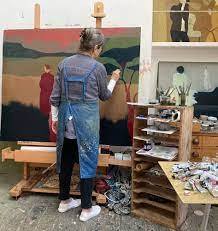

Anne Rothenstein is self-taught artist who lives and works in London. Born in 1949, the daughter of the late Michael Rothenstein and Duffy Ayres, she grew up in a lively and distinguished community of artists in the Essex village of Great Bardfield. Following a foundation course at Camberwell School of Art in the mid-1960s, Rothenstein worked as an actress for over a decade before gradually returning to painting.
"Interviewer: You come from an incredibly artistic family, your mother was Duffy Ayres, your father Michael Rothenstein, and your grandfather was the Royal College of Art principal Sir William Rothenstein. What was it like growing up in that world?
Anne R: Until I was 7, I grew up in a small village called Great Bardfield. It was full of artists, for example Edward Bawden lived across the road, and Eric Ravilious also lived there before the War. The weird thing was, although the place was shaped by artists, that community was deeply conventional. It wasn't a bohemian village, which is how some people imagine it. It was just quite normal. I also didn't know any different.
As a child, I was never dragged to art exhibitions or anything like that. In those days, children were sort of excluded, we were a nuisance. As a very young child, I spent most of my time alone. I lived in my own world at the bottom of the garden. I painted, drew and wrote all day long. Of course there were always materials all around me to do things like that, and in those times we didn't have television. It would be unusual to get through the day without producing or creating something.
My main love is Outsider Art, which is perhaps a reflection of how much of an outsider I've always felt (even though you could say I was born inside). Artists like Malevich and Natalia Goncharova have always interested me... and I've been very moved by the paintings of Gwen John. I wouldn't say that I reference her stylistically, though she also painted many solitary figures. I love early David Hockney, especially his etchings and drawings. Milton Avery has always been an influence. Over the past ten years I have been incredibly inspired by contemporary art and artists, names like Mamma Anderson, Rose Wylie, Kiki Smith, Noah Davis, Kerry James Marshall. I had a visceral reaction to the works of Bill Traylor, the African American folk artist."
https://artuk.org/.../seven-questions-with-anne-rothenstein
16 notes
·
View notes
Text
as an art historian something i find really interesting about goncharov is the title (and name of the protagonist) itself. i cant help but think about natalia goncharova, an important member of the russian artistic avant-garde in the early 1910s (she moved to paris in 1918). ffirst inspired by traditional russian art, she’s famous for having developped, along with her partner (and later husband) mikhail larionov, a new artistic language (rayonism) at a time where non-figurative art was developping. what i find particularly interesting is the way she tried to stay close to her country’s history in her avantgardist artistic practice, referencing traditional art forms (which is why art historian use the term neo-primitivism to talk about her art from before 1910) and rejecting the european (mostly french) influences that were prevalent in the russian artistic works at that time. we can draw a parallel with goncharov : he wants to move forward but also stay true to his origins, which leds to him rejecting his new country’s society and habits. this transpires a lot in his relationship with katya and andrey: katya ties him to his old life, which he finds good at first. but goncharov needs to move forward, he needs to create (aka help russian organized crime developping in naples): andrey appears then as the man he needs to both advance (since andrey is a smart and creative man) and to stay close to russia. the problem comes from goncharov’s affection for katya, and the tension that arises when he starts feeling torn between her and andrey, between tradition and modernity; the boat scene then acts like a catalyst that definitively leads goncharov away from katya. this leads to another problem: detaching himself from katya leads goncharov to reject his own russian past. andrey has adapted to the neapolitan lifestyle: is he really that russian anymore? goncharov doesnt realize that, he stays attached to some simulacrum, to the russian part he still sees in andrey. ppl here have already discussed how goncharov is a story of unbecoming. by trying to stay himself, to hold on to his past, goncharov ends up losing himself. andrey thrives because he adapts, because he becomes neapolitan while staying russian, and goncharov cant see that. that is were the comparison with natalia goncharova ends: she ended up evolving as well, and when she moved to paris she brought her russian identity with her and contributed to the expansion of russian art in europe (for example through her collaboration with sergey diaghilev at the ballets russes). in a way, andrey’s arc corresponds to that part of her story. goncharov and andrey are two sides of the same coin, but goncharov loses because he cant realize that everything moves around him, and that identity evolves with time. by trying so hard to become, he unbecomes.
24 notes
·
View notes
Note
hi!! obsessed with ur artwork as u know, could you share some of ur artistic inspirations and influences??
Sorry for answering late
My favourite artist is Veniamin Losin (Вениамин Лосин). I love the power and strength in his drawings. Same for Savva Brodsky (Савва Бродский).
I really enjoy Lorenzo Mattotti, thought I can't say that his works are close to my heart. Also Jorge González. I wish to have any of his books someday😩.
One of my favourite artists are: Natalia Goncharova, Ilya Mashkov, Pyotr Konchalovsky.
Latest ones that i'm really into: Clive Hicks-Jenkins, some of Hamid Savkuev (Хамид Савкуев) and József Domján.
If saying of what was influenced my art the most: firstly, lubok. Secondly - my master Arkady Melik-Sarkisyan. Thirdly - Veniamin Losin.
6 notes
·
View notes
Text

Espagnole (Spanish Woman)
Natalia Goncharova
pencil and gouache on paper laid down on card
#Natalia Goncharova#art#artist#painter#painting#Espagnole (Spanish Woman)#pencil and gouache on paper laid down on card
51 notes
·
View notes
Text


"Ballets Russes Costume, ca.1937.
Rayon, silk net, velvet, metallic fabric, braid and cord, leather, metal zips
The Ballets Russes Company, under the direction of impresario Serge Diaghilev, had a major impact on the nature of ballet in the western world from the early years of the 20th Century. Employing the most talented and creative dancers, choreographers, designers and composers, the company created spectacles of sound, colour and movement, often with an oriental or folk tale theme, that they toured throughout Europe and America.
This woman’s costume, for a young oriental dancer, is one of two in the collection that originated from the 1937 revival, at the Royal Opera House Covent Garden, of Diaghilev’s 1914 production of Le Coq d’Or, a reworking as an opera based on Alexander Pushkin’s poem The Tale of the Golden Cockerel. The avantgarde artist Natalia Goncharova designed vivid sets and costumes inspired by Russian folk art for this fable set in ancient Azerbaijan. -Via JBC".
> Debra Givens > Treasure Trove of Vintage Pleasures
2 notes
·
View notes
Note
top 5 artists?
so difficult! off the top of my head, 5 OF them:
johannes vermeer
marc chagall
gustav klimt
natalia goncharova
henri matisse
ask me my top 5 anything!
1 note
·
View note
Text
"...the innovative treatment of the flight from Sodom by the avant-garde Russian painter Natal’ia Goncharova (1881-1962) presents a figural merger of messianic expectation and cosmopolitan hope in the artist’s experimental hybridizing of secular and sacral components to aesthetic practice. The strangely oneiric and mortified landscape conveyed by Goncharova’s proto-cubist vocabulary in Salt Pillars (ca. 1909) assembles a prescient image of Hannah Arendt’s notion of natality, which Arendt draws from Augustine’s definition of the human as inherently endowed with the capacity for gratitude and the ability to begin again in the midst of uncertainty. Put simply, the painting gives figural expression to the fundamental ambiguity of Arendt’s notion of natality, its backward- and forward-looking turn toward givenness and new beginnings. Through this gesture, Salt Pillars presents a patient attentiveness to the complicity of worlding and unworlding gestures in the rhythm of being with others."
Avant-Garde Lot��s Wife: Natalia Goncharova’s Salt Pillars and the Rebirth of Hospitality
0 notes
Text

It's a painting by the Russian artist Natalia Goncharova, its name is Cats, she don't drawing specific cats, and choose used to the shape, then she choose a center, those shape around the center, they form a structure of circle round.
0 notes
Text

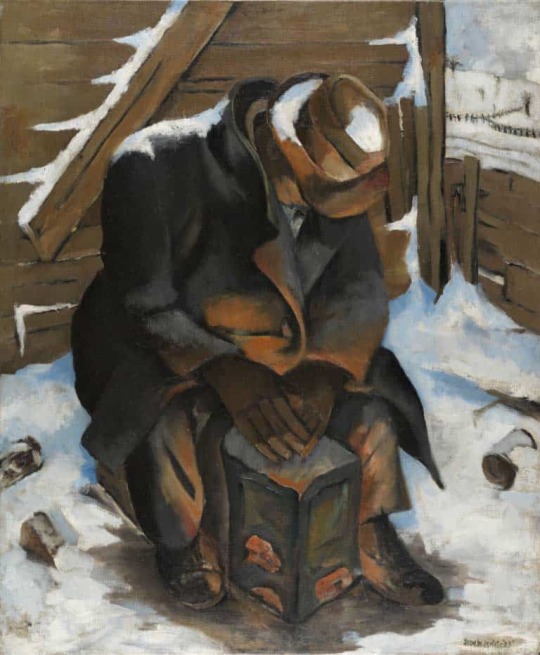
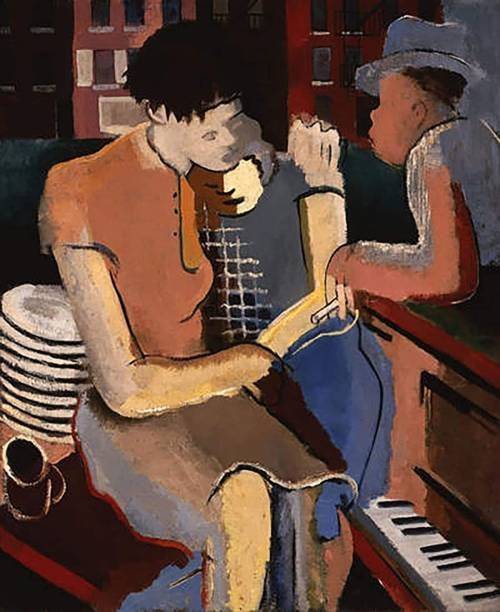

“I used to paint Negroes being dispossessed; discrimination, and slowly I became aware of the fact that this didn’t move anybody, it didn’t make things better.” – Norman Lewis
Born in Harlem, New York in 1909, Norman Lewis grew up in a neighbourhood that became a massive cultural hub. It was the birthplace of the Harlem Renaissance, which blossomed in the 1920s and 1930s. Lewis first studied art under the sculptor Augusta Savage, one of the key figures of the Harlem Renaissance. During the time of the Works Progress Administration and the Great Depression, Lewis taught painting at the Harlem Community Art Center, and painted in the social realist style. These figurative works depicted social topics like bread lines, evictions and police brutality. He believed that if people were to see what was actually happening to black people on a daily basis, it would change the way they thought.
In “The Wanderer (Johnny)” from 1933, we see a man huddled over a fire in the snow, warming his hands. “Police Beating (Untitled)” (1943) depicts a police officer standing over a black man, beating him with a club. The faces of the white onlookers have cartoon-like features and look excited, even happy, while the bloody face of the black man and the face of the police man are both blurred and indistinct, caught in the horror of this moment of violence. Continue
16 notes
·
View notes
